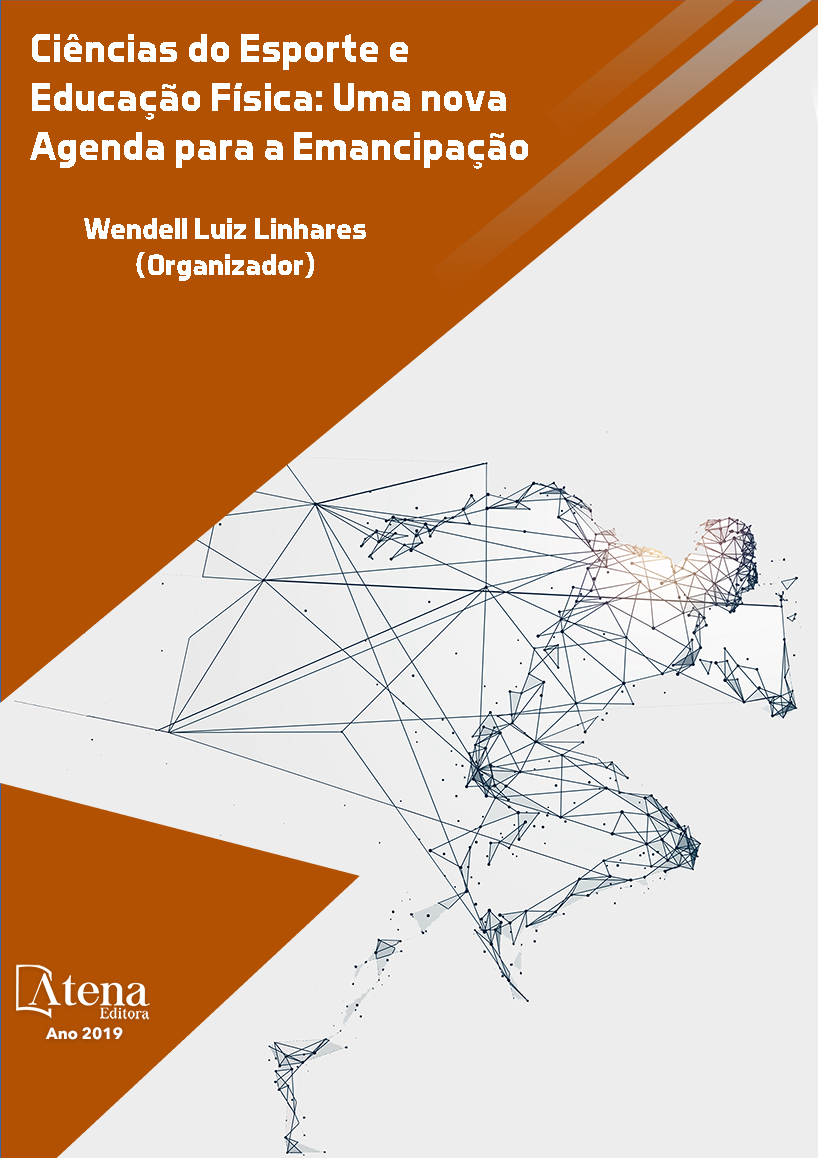
A RELAÇÃO ENTRE O CONSUMO MÁXIMO DE OXIGÊNIO E O DESEMPENHO EM UM TESTE DE POTÊNCIA ANAERÓBIA EM JOVENS JOGADORES DE FUTEBOL
Durante um jogo de futebol, são
realizados movimentos que requerem força,
velocidade, coordenação, equilíbrio e outras
capacidades físicas que são inerentes à
modalidade. Além disso, como cada partida
dura no mínimo dois tempos de 45 minutos,
intercalados por um intervalo de outros 15,
o esporte requer um bom condicionamento
aeróbico dos jogadores. A literatura sugere
que uma melhor capacidade aeróbia é capaz
de otimizar a recuperação de indivíduos após
esforços de alta intensidade e curta duração.
O objetivo do presente estudo foi relacionar
o resultado do teste de consumo máximo de
oxigênio com índices de desempenho em um
teste de potência de jogadores de futebol.
Participaram desse estudo voluntariamente
vinte atletas (18,2 ± 1,1 anos; 68,4 ± 6,1 kg;
176,6 ± 8,7 cm; IMC= 22,5 ± 1,8 kg/m2), do sexo
masculino da categoria sub20 de uma equipe de
futebol filiada à Federação Mineira de Futebol.
Os indivíduos foram submetidos a dois testes de
campo: o Yo-Yo Endurance Test Level 2, para a
estimativa do consumo máximo de oxigênio e o
RAST, para a medida da capacidade de sprints
repetidos. Não foram observadas correlações
significativas entre o consumo máximo de
oxigênio com a potência máxima, média e
mínima, além do índice de fadiga no presente
estudo. Diante disso, os valores observados
no Yo-Yo Endurance Test Level 2 parecem
não serem bons preditores de desempenho
em um teste de sprints repetidos envolvendo o
protocolo do RAST para jogadores de futebol.
A RELAÇÃO ENTRE O CONSUMO MÁXIMO DE OXIGÊNIO E O DESEMPENHO EM UM TESTE DE POTÊNCIA ANAERÓBIA EM JOVENS JOGADORES DE FUTEBOL
-
DOI: 10.22533/at.ed.66219020911
-
Palavras-chave: Consumo máximo de oxigênio. Teste de potência. Recuperação.
-
Keywords: Maximum oxygen consumption. Power test. Recovery.
-
Abstract:
During a soccer game, movements
are performed that require strength, speed,
coordination, balance and other physical
abilities that are inherent to the sport. In addition,
since each match lasts at least two 45-minute
times, interspersed by a range of another 15,
the sport requires a good aerobic conditioning
of the players. The literature suggests that a
better aerobic capacity is able to optimize the
recovery of individuals after high intensity and
short duration efforts. The objective of the
present study was to relate the results of the maximum oxygen consumption test with
performance indices in a power test of soccer players. Twenty athletes (18.2 ± 1.1
years, 68.4 ± 6.1 kg, 176.6 ± 8.7 cm, BMI = 22.5 ± 1.8 kg / m2) were voluntarily included
in the study. men of the sub20 category of a soccer team affiliated to the Football
Federation of Minas Gerais. The subjects were submitted to two field tests: the Yo-
Yo Endurance Test Level 2, for the estimation of the maximum oxygen consumption
and the RAST, for the measurement of the capacity of repeated sprints. No significant
correlations were observed between maximum oxygen consumption with maximum,
average and minimum power, in addition to the fatigue index in the present study.
Therefore, the values observed in the Yo-Yo Endurance Test Level 2 do not seem to be
good predictors of performance in a repeated sprints test involving the RAST protocol
for soccer players.
-
Número de páginas: 15
- João Paulo Alves de Paula
- EMERSON RODRIGUES PEREIRA


